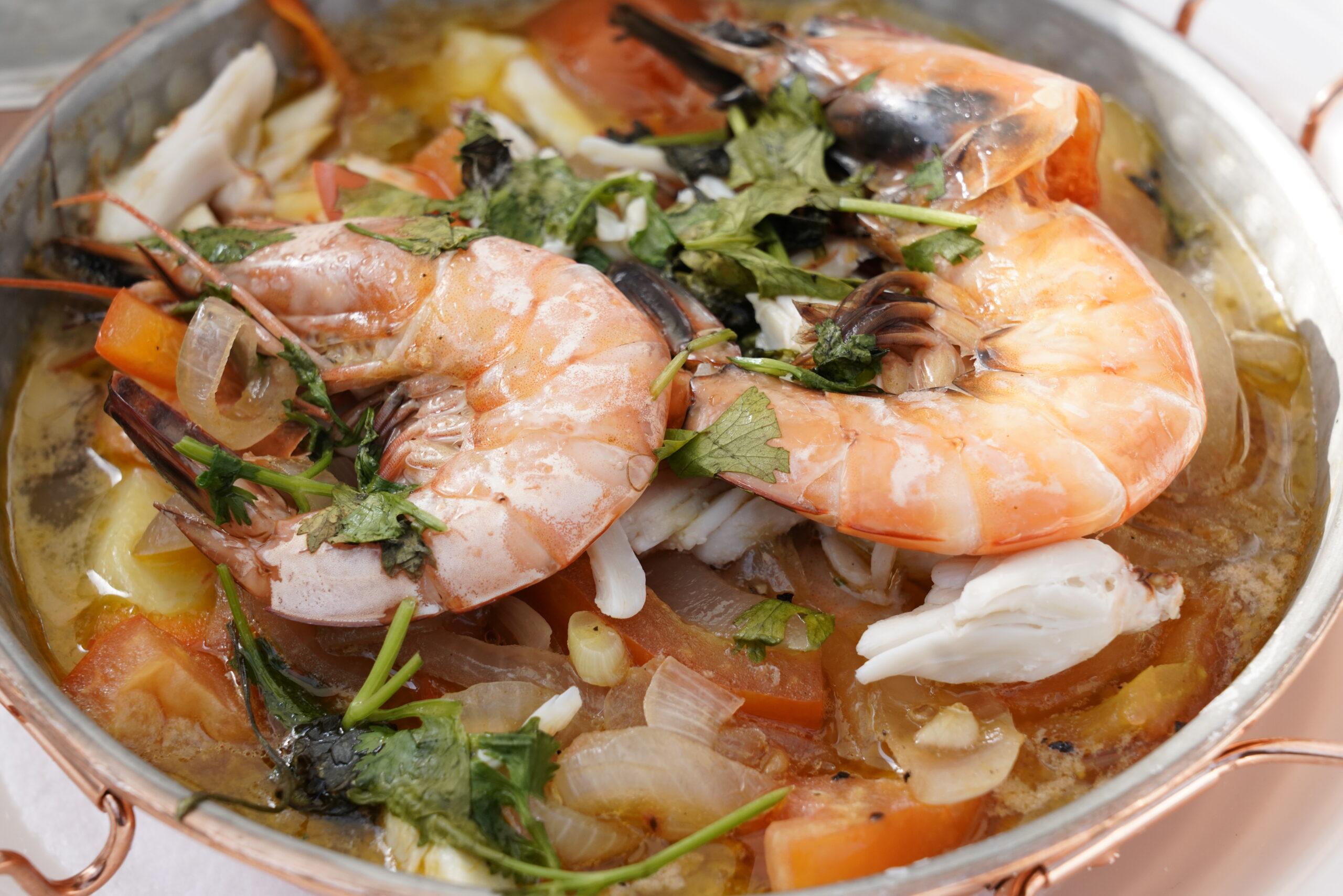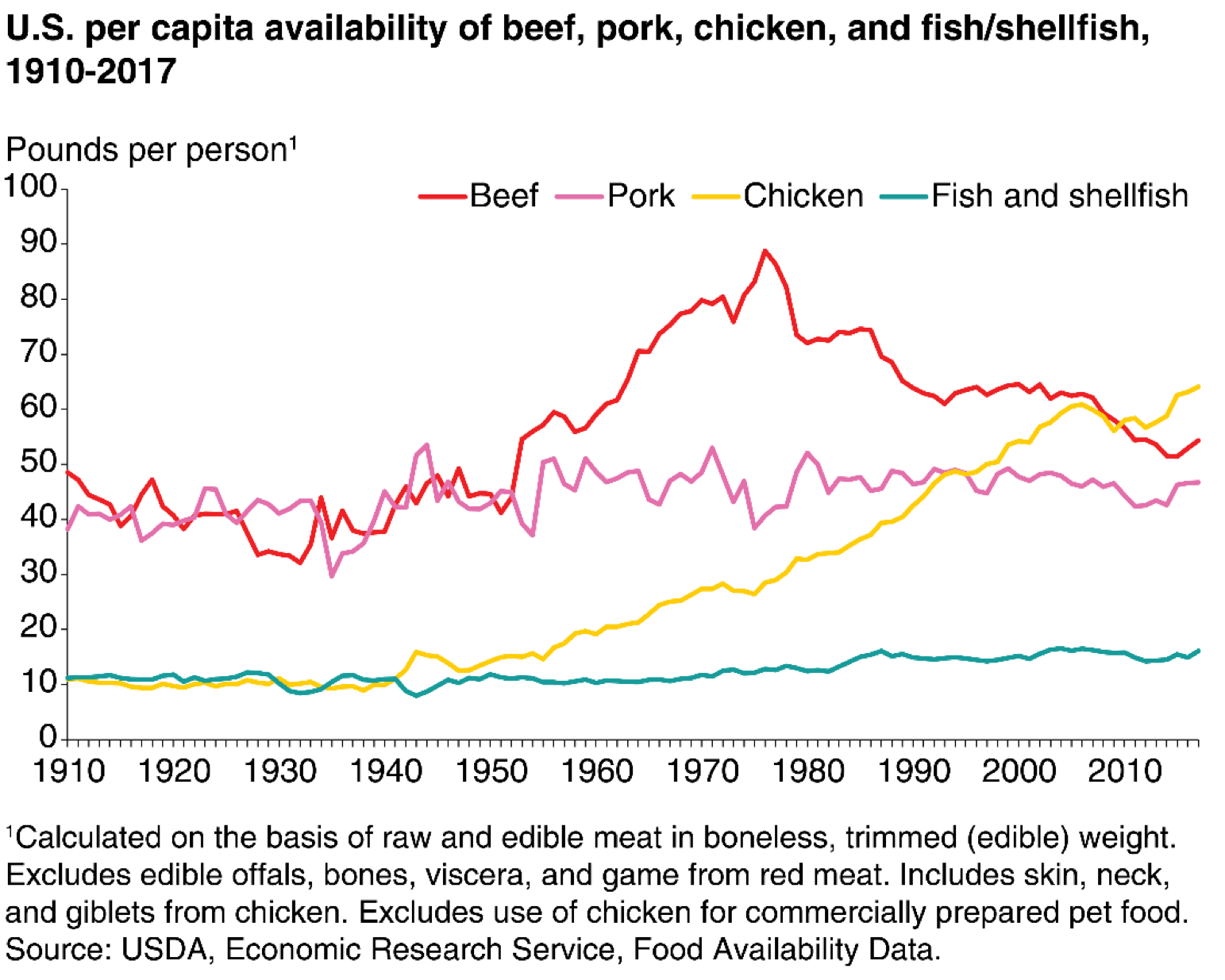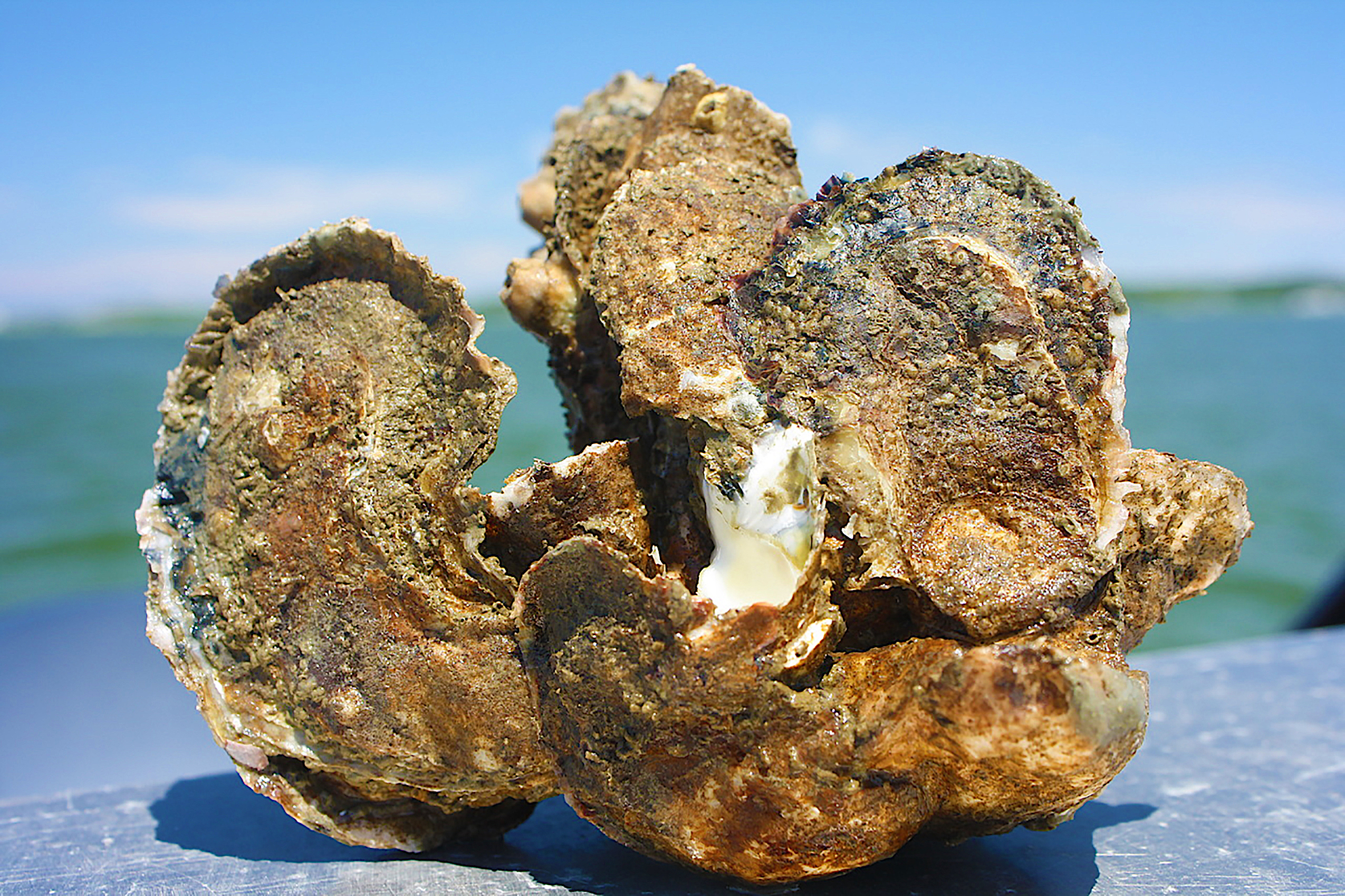Do You Eat Seafood Three or More Times a Week?

The average “high-frequency” seafood consumer annually devours almost 90 pounds of finfish and shellfish.
Research Need
In general, health experts believe that fish and shellfish consumption is beneficial and that the advantages of seafood consumption far outweigh the disadvantages. While some seafood items may have elevated levels of environmental contaminants that could pose health risks, all seafood provides a good source of lean protein and contains an abundance of Omega-3 fatty acids — a type of polyunsaturated fat. It’s rich in vitamins and minerals, including iodine, zinc, potassium and vitamin B. Thus, from a public health perspective, it’s important to understand seafood consumption patterns.
Ample government data and research documents seafood consumption for the average person. For example, in 2017, Americans consumed on average 16.1 pounds of fish and shellfish per year. Although that might sound like a lot, during the same time period, Americans consumed on average 102 pounds of red meat (beef, veal, pork, lamb) and 77 pounds of poultry (chicken and turkey). On average, we ate more turkey alone (16.8 pounds per person) than seafood in 2017.
However, we know very little about high-frequency consumers — people who eat three or more meals of fish per week. As expected, this category includes some anglers who exclusively consume self-caught fish. Again, while these people might be healthier than others who consume less, high levels of seafood consumption also might lead to increased exposure to environmental contaminants.

What did they study?
Investigators used an online marketing firm to identify a subset of high-frequency seafood consumers in the United States. This group contained fishers and non-fishers, including people who consumed all or a portion of their self-caught fish.
Survey respondents reported the seafood items and amounts that they had eaten over the prior month. The authors cross-referenced published values of common environmental contaminants in species with the kinds and amounts of seafood the respondents consumed.
What did they find?
From market, restaurant and self-caught sources, high-frequency seafood consumers ate an average of 3.9 ounces per day (roughly 27.3 ounces per week or 89 pounds per year). This rate of consumption is more than three times higher than the 8 ounces per week recommended for most adults and children over 10 years old.
Fishers in the high-frequency category broadly belonged to one of two groups: subsistence consumers or sport-fishers. On average, subsistence consumers had received less education and had lower incomes than sport-fish consumers.
High-frequency fish consumers surveyed in this study represent approximately 5% of the U.S. population — about 17.6 million people, according to the U.S. Census Bureau. The high-frequency consumers that only eat self-caught fish represent about 660,000 people.
In general, the data suggests that 10-58% of respondents reporting self-caught fish consumption are exposed to environmental contaminants that exceed threshold levels for adverse health effects.
What else did they find?
Eight species (trout, freshwater bass, salmon, cod, crappie, carp, catfish, and perch) made up over 80% of the total consumption of respondents who ate only self-caught fish.
Anything else?
This study resulted in a large dataset, of which only a portion is summarized here. For FDA guidance about seafood consumption, visit https://www.fda.gov/food/consumers/advice-about-eating-fish
Reading
Stackelberg, Katherine v, Lib C. Miling and Elsie Sunderland. 2017. Results of a national survey of high-frequency fish consumers in the United States. Environmental Research. Volume 158. Pp. 126-136.
Funding from the Smith Family Foundation, the Electric Power Research Institute, the Harvard Center Grant, and the National Institute of Environmental Health Sciences Superfund Research Program supported this work.
Summary compiled by Scott Baker
Lead photo: Seafood Cataplana, 2018 World Heritage Cuisine Summit Food Festival, by Satdeep Gill / CC-BY-SA 4.0 International
The text from Hook, Line & Science is available to reprint and republish, but only in its entirety and with this attribution: Hook, Line & Science, courtesy of Scott Baker and Sara Mirabilio, North Carolina Sea Grant. HookLineScience.com
- Categories:



